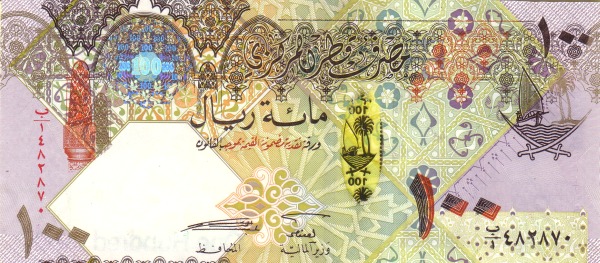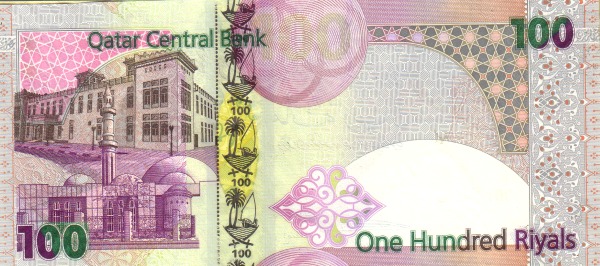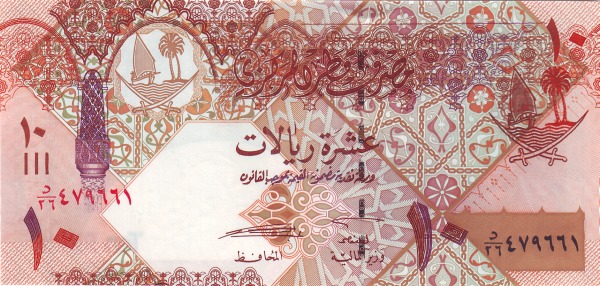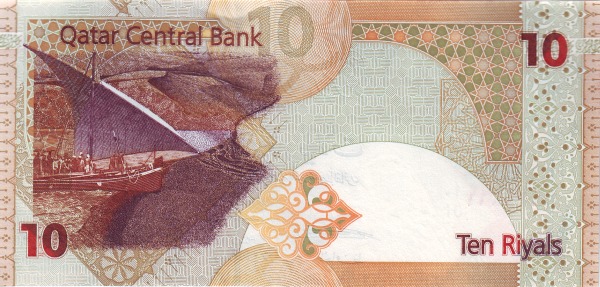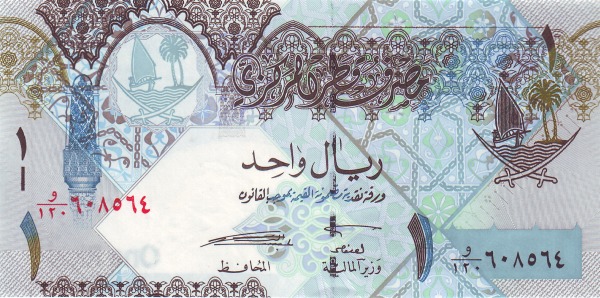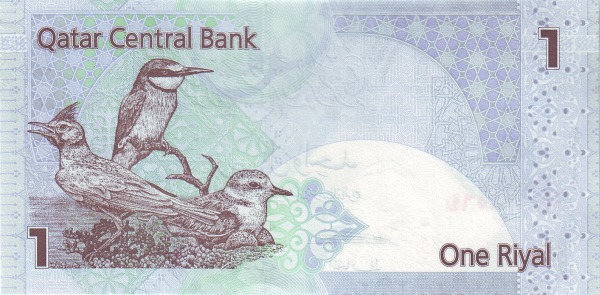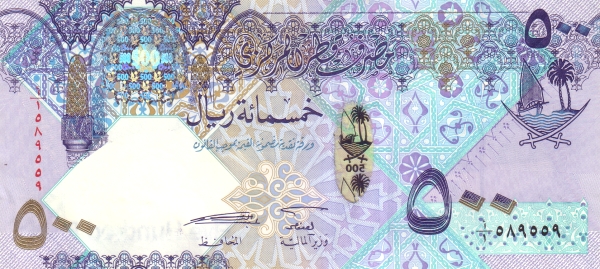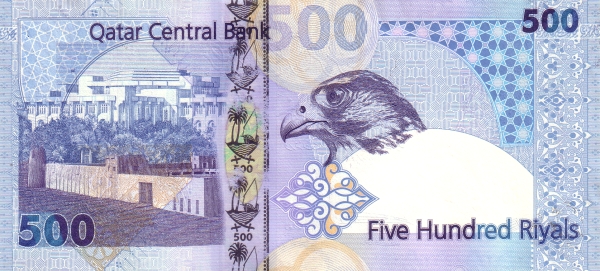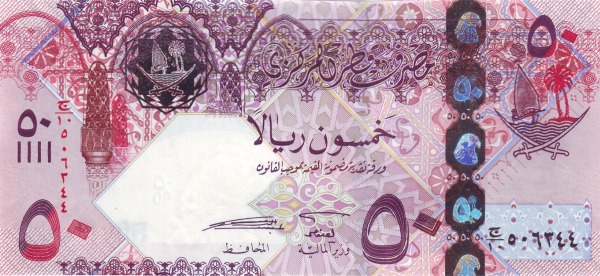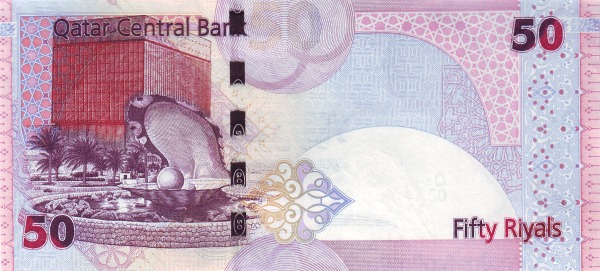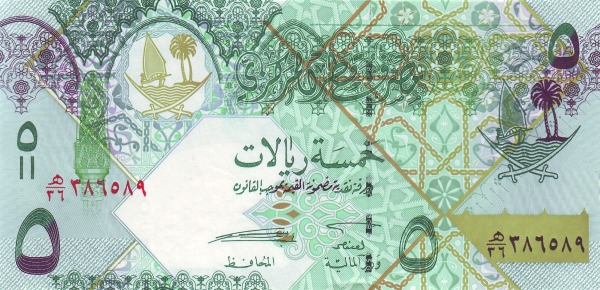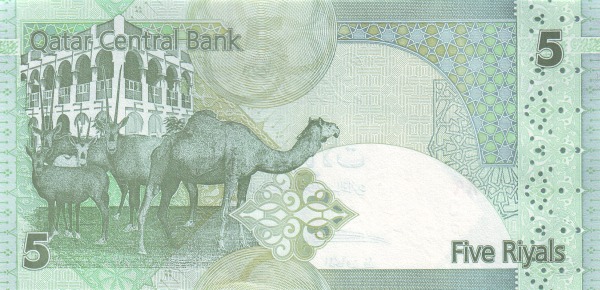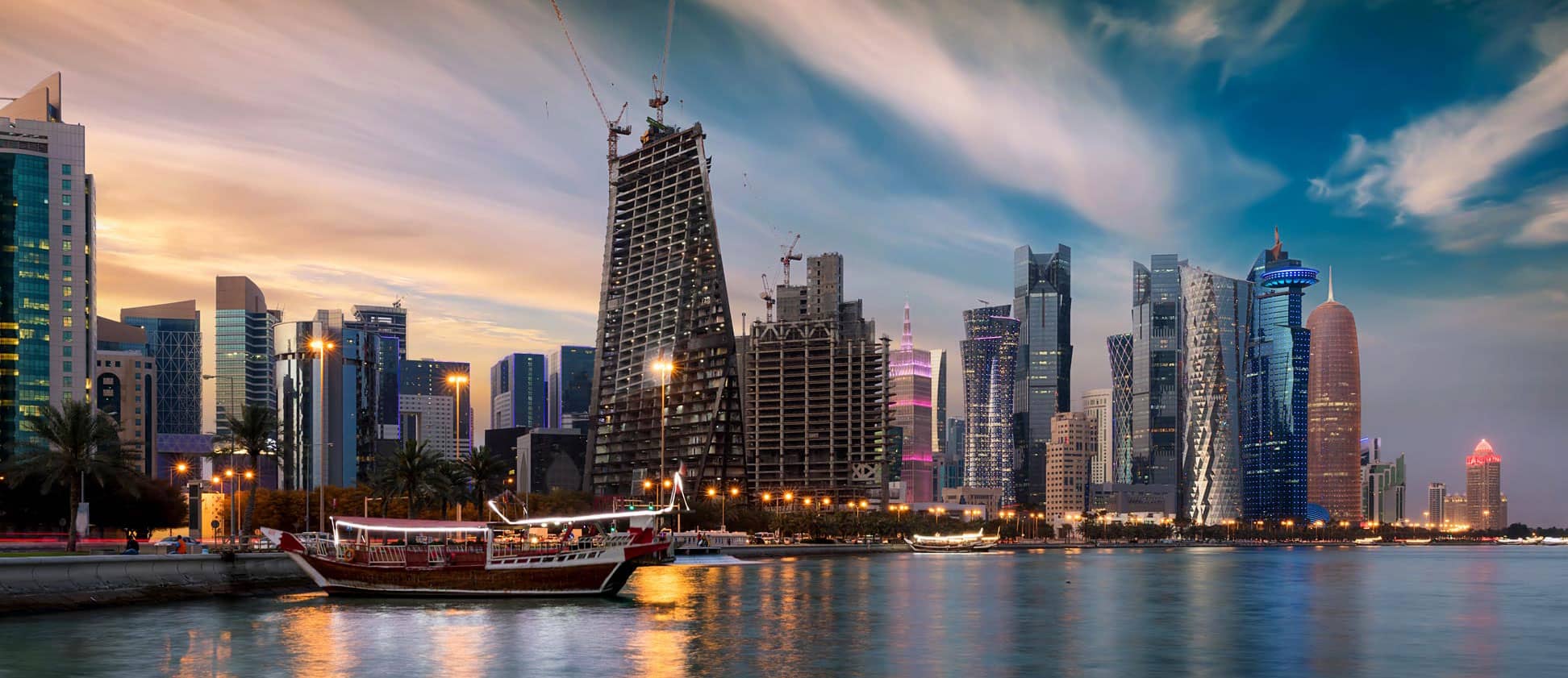Discovering Qatar: A Unique Jewel in the Persian Gulf
Welcome to Qatar, officially known as the State of Qatar. This fascinating country lies on a peninsula that extends approximately 190 km (120 mi) north into the Persian Gulf. Notably, Qatar shares its only land border with Saudi Arabia while maintaining maritime boundaries with Bahrain, Iran, and the United Arab Emirates (UAE). With a unique blend of rich history and modernity, Qatar offers an intriguing experience for all who visit.
Geographic Overview of Qatar
Covering an area of 11,586 km² (4,473 sq mi), Qatar stands out as being around 1.25 times larger than Cyprus, or slightly larger than Puerto Rico. Its primarily flat desert landscape features undulating dunes, particularly in the southwest. Here, the stunning Khawr al Udayd, often referred to as the Inland Sea, presents a captivating bay of the Persian Gulf. Interestingly, only 1% of the land is suitable for agriculture, reflecting the dry terrain that predominates this region.
Population and Culture in Qatar
The emirate, a constitutional monarchy, houses about 2,858,000 people as of 2024. It’s essential to note that Qatari nationals constitute a minority of this population—less than 15%—in the Gulf state. The bustling capital, Doha, also known as Ad Dawhah, boasts an estimated population of 2.7 million inhabitants. Arabic serves as the official language, specifically Gulf Arabic, while English acts as the lingua franca, particularly in commerce and tourism. Furthermore, the rich cultural diversity of Qatar brings languages like Hindi and Urdu into everyday communication.
Historical Evolution of Qatar
Throughout its history, Qatar, ruled by the Al Thani family since the mid-1800s, has undergone remarkable transformations. Initially, it appeared as a poor British protectorate, primarily recognized for its pearling industry. However, the discovery of oil and natural gas revenues revolutionized the nation, allowing it to evolve into an independent state with considerable wealth. During the late 1980s and early 1990s, the economy suffered due to the previous Amir's misuse of petroleum revenues. Fortunately, in a bloodless coup in 1995, his son, the current Amir HAMAD bin Khalifa Al Thani, took over, initiating significant reforms.
Development and Modernization in Qatar
In 2001, Qatar settled long-standing border disputes with both Bahrain and Saudi Arabia, establishing stability and promoting regional cooperation. Thanks to its substantial oil and natural gas revenues, Qatar enjoys a per capita income that rivals those of leading industrial countries in Western Europe, thus reaffirming its position as a powerful economic player in the region.
Political Structure of Qatar
Qatar operates as a constitutional emirate and an absolute Islamic state. The monarchy, ruled by the House of Thani since Sheikh Mohammed bin Thani signed a treaty with the British in 1868, laid the groundwork for Qatar's independence, which was fully realized in 1971. This unique political framework establishes the Emir as the head of state, the executive authority, and the legislative power.\nMoreover, the government operates under strict regulations, ensuring that parties do not exist and union activities remain closely monitored.
Religious Aspects in Qatar
Islam serves as the state's religion, with Sharia law acting as the primary source of legislation. Consequently, the country's legal framework presents challenges for various communities. Notably, homosexuality remains illegal in Qatar. Internationally, Qatar has faced scrutiny regarding its decision to host the 2022 World Cup, particularly concerning labor laws and restrictions surrounding same-sex relationships.
Economic Landscape of Qatar
Qatar's economy, buoyed by substantial oil and natural gas reserves, demonstrates remarkable resilience and growth potential. The nation has made concerted efforts to diversify its economy beyond hydrocarbons. Investments in infrastructure, education, and tourism have significantly contributed to the country's overall advancement. As a result, this diversified approach has positioned Qatar as a regional leader in various sectors, affording its citizens a high standard of living.
Cultural Vibrancy in Qatar
Qatar's rich culture merges traditional influences with contemporary advancements. Art lovers can appreciate the striking architecture that permeates the capital, particularly in iconic structures such as the Museum of Islamic Art. Additionally, festivals celebrating Qatari heritage, alongside modern cultural events, attract both locals and visitors, showcasing the unique spirit of the nation. Food enthusiasts can indulge in the flavors of traditional Qatari cuisine, which presents an array of tantalizing dishes that reflect the country’s diverse cultural influences.
Tourism in Qatar: A Growing Industry
Tourism in Qatar continues to flourish, driven by the nation’s commitment to modern hospitality and luxurious experiences. From opulent hotels to exhilarating adventures, Qatar provides something for every traveler. Visitors can explore the mesmerizing desert landscapes or enjoy vibrant city life in Doha, where shopping, dining, and entertainment seamlessly blend together. With the world increasingly discovering the allure of this Arab nation, Qatar’s tourism sector stands poised for even greater growth in the coming years.
In conclusion, Qatar's unique position as a cultural, economic, and political hub in the Persian Gulf renders it an essential destination for visitors. With its historical significance, modern developments, and moving brilliance, Qatar indeed shines brightly on the world stage.
Largest cities of: Qatar
| City Name | Population | Year of foundation | |
| Doha | 1,443,000 | 1825 | |
| Al Rayyan | 600,000 | 1961 | |
| Umm Salal | 100,000 | 1971 | |
| Al Daayen | 90,000 | 1996 | |
| Al Wakrah | 85,000 | 1830 | |
| Al Khor | 80,000 | 1920 | |
| Al Shamal | 50,000 | 1982 | |
| Mesaieed | 35,000 | 1970 |
Qatar: Money
